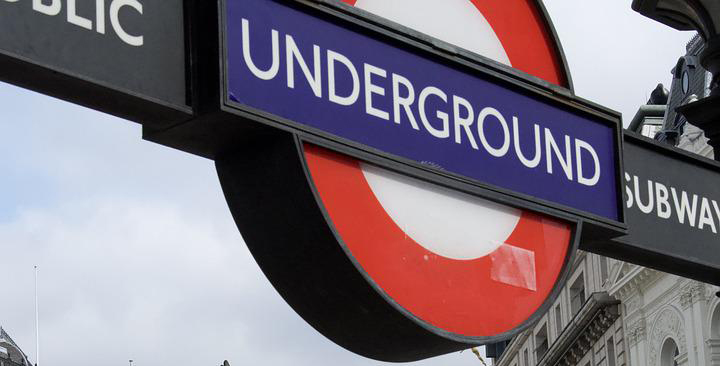Public transport post pandemic next steps

|
| Article first publshed on ICE News site on May 16 as 'No turning back for public transport, panel debate concludes' written by Ana Bottle, assistant digital content editor at ICE |
Contents |
[edit] First Next Steps Programme convenes debate on public transport issues post-pandemic.
An ICE-led panel debate on public transport funding has concluded that there’s no returning to pre-pandemic ways of working. Part of the ICE’s new Next Steps Programme, the debate discussed how to recover the public transport networks that suffered due to Covid-19.
"Reverting to pre-Covid models is not possible but cuts would roll back years of progress,” said Jagoda Egeland, advisor to the secretary-general of the International Transport Forum and one of the panellists.
“We need to adopt more sustainable funding models linked to sustainable urban development."
The panel, which included former transport minister Stephen Hammond, said that public transport providers must understand the changes in demand and what currently drives people to use this service.
Providers must then rebalance timetables, service provision and price accordingly so that the service is affordable and reliable.
[edit] How has public transport use changed due to Covid-19?
Cities around the world experienced up to a 90% decrease in public transport use due to restrictions imposed to limit the spread of the virus.
Since these restrictions were lifted, many workers continue to work remotely, at least for part of the week.
This new trend of hybrid working has seen commuter demand concentrated on Tuesday to Thursday, with Mondays and Fridays typically experiencing lower use.
So far, operators have relied on emergency funding and subsidies from governments to adapt to changes in demand.
As priorities shift, a more sustainable funding model for public transport needs to be identified and implemented, as ICE previously stated.
[edit] The knock-on effect
The public transport funding crisis has accelerated and exacerbated challenges around service provision that existed before the pandemic.
“Public transport systems are enablers of social and environmental cohesion. It’s not a question of whether support should continue but more the structure of how that support should happen,” Jonathan Spruce, ICE trustee for policy and external affairs, said at the debate.
Without a way to sustainably fund public transport, other long-term challenges become increasingly difficult to tackle, the panellists said.
These include:
- Being fit for purpose amid changes to how people work,
- Decarbonising transport and help reach net zero,
- Boosting green economic growth,
- Addressing inadequate connectivity in rural communities, and
- Over-relying on farebox revenue.
[edit] What can be done?
Without further government funding, it’s important to come up with different strategies.
The panellists argued for a new understanding of what public transport should provide.
Rather than returning to the pre-pandemic model, new funding frameworks need to be put in place.
New policies could include:
- Congestion or road user charging,
- Workplace and/or retail parking levies,
- Land value capture, and
- Transport networks with more active travel provision and shared transport options.
[edit] Local powers and funding
The panellists also noted that long-term devolved funding and powers can be a solution to the challenge.
Local transport operators better understand what their communities need. Therefore, devolved revenue could help to directly improve these services.
By setting a clear vision of what the networks should do, locally and nationally, it will be easier to identify how to best provide, fund, deliver, operate and maintain them.
Above all, the debate concluded that the problem mustn’t be treated with short-term measures – there needs to be a strategy to fix it for the long-term.
--ICE
[edit] Related articles on Designing Buildings
Featured articles and news
Government consultations for the summer of 2025
A year of Labour, past and present consultations on the environment, the built environment, training and tax.
CMA competitiveness probe of major housing developers
100 million affordable housing contributions committed with further consultation published.
Homes England supports Greencore Homes
42 new build affordable sustainable homes in Oxfordshire.
Zero carbon social housing: unlocking brownfield potential
Seven ZEDpod strategies for brownfield housing success.
CIOB report; a blueprint for SDGs and the built environment
Pairing the Sustainable Development Goals with projects.
Types, tests, standards and fires relating to external cladding
Brief descriptions with an extensive list of fires for review.
Latest Build UK Building Safety Regime explainer published
Key elements in one short, now updated document.
UKGBC launch the UK Climate Resilience Roadmap
First guidance of its kind on direct climate impacts for the built environment and how it can adapt.
CLC Health, Safety and Wellbeing Strategy 2025
Launched by the Minister for Industry to look at fatalities on site, improving mental health and other issues.
One of the most impressive Victorian architects. Book review.
Common Assessment Standard now with building safety
New CAS update now includes mandatory building safety questions.
RTPI leader to become new CIOB Chief Executive Officer
Dr Victoria Hills MRTPI, FICE to take over after Caroline Gumble’s departure.
Social and affordable housing, a long term plan for delivery
The “Delivering a Decade of Renewal for Social and Affordable Housing” strategy sets out future path.
A change to adoptive architecture
Effects of global weather warming on architectural detailing, material choice and human interaction.
The proposed publicly owned and backed subsidiary of Homes England, to facilitate new homes.
How big is the problem and what can we do to mitigate the effects?
Overheating guidance and tools for building designers
A number of cool guides to help with the heat.
The UK's Modern Industrial Strategy: A 10 year plan
Previous consultation criticism, current key elements and general support with some persisting reservations.
Building Safety Regulator reforms
New roles, new staff and a new fast track service pave the way for a single construction regulator.

























